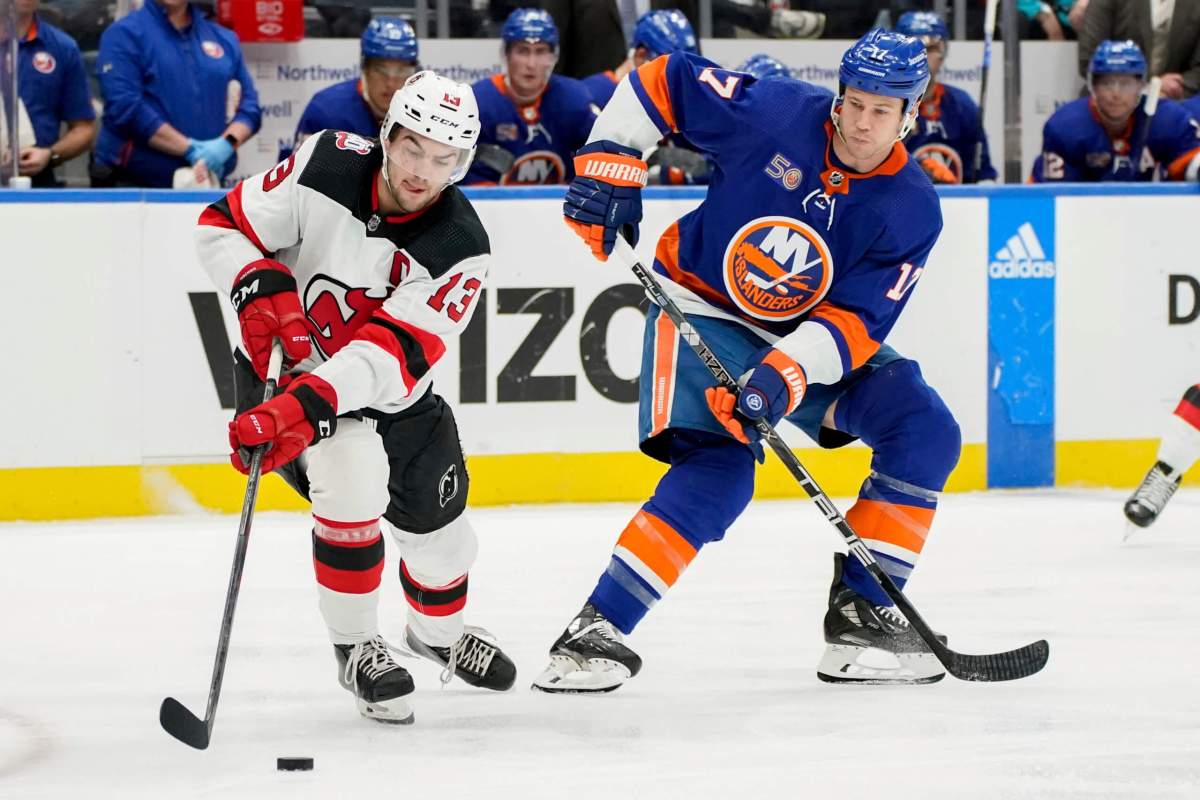MTA Chairman Jay Walder held court for the last time yesterday at his final MTA board meeting before he departs next month.
Walder was plucked from his $350,000 MTA gig to work for MTR Corporation in Hong Kong, a company that runs rail services in Europe and Asia, for a nearly $1-million salary.
Governor Andrew Cuomo must appoint a new chair by October 21st, Walder’s last day.
When Walder came onboard, many hoped he would revolutionize the MTA with his management know-how. He saved the MTA millions by eliminating waste and can be credited with the popular countdown clocks.
But he also, in large part due to a state budget crunch, was forced to lead the MTA through a dark period that saw more crowded trains, two subway lines eliminated and a massive fare hike.
Metro reflected on Walder’s tenure:
Transparency: A
Upon taking control of the MTA, Walder promised more communication. He vowed to clear up confusing signage and redesign the authority’s website. He rolled out a new website in May 2010 and more signs than ever before paper the subway system.
Budget balancing: A
Another area where Walder has been able to deliver: Under his “Making Every Dollar Count” plan, the MTA has undergone unprecedented cost-cutting measures. Over 600 redundant administrative employees at the MTA were laid off, 15 percent of staff, which resulted in $50 million worth of savings for the agency.
Countdown clocks: B +
The most visible change on the subways: Countdown clocks were installed at more than 150 stations, providing riders with real-time train arrival information. “Countdown clocks are another way we are fundamentally changing the customers’ experience,” Walder said. The clocks aren’t systemwide yet, however, and they aren’t always accurate, either.
Buses: D
When Walder first came to the MTA from London, he was eager to replicate the British bus system. “In London, you carry nearly twice as many people in the bus system as you do on the Underground,” he told the New York Times at the start of his tenure. Yes, Walder has expanded Select Bus Service and cleared bus-only lanes. But all that progress is far outweighed by the massive bus cuts he enacted. Over 130 local and express bus routes were shortened or altered, and 37 bus routes were axed entirely.
Crime: F
Last year, Walder removed 450 station agents. Some riders say that fewer MTA employees make the system scarier — and some even fear that their absence has caused the rise in crime. Robbery has skyrocketed in the subway system, up nearly 40 percent from last year. What’s worse, Walder also axed 254 cleaners, making room for more trash bags and rats, riders say.
Fare collection: F
Walder implemented the Oyster Card in London, an all-purpose, contactless transit card. He wants to replace the MetroCard with a similar tap system, but don’t hold your breath — that won’t be until 2014. It costs the MTA 15 cents per dollar to collect fares, and since the futuristic cards refill automatically, they would reduce costs and congestion at the turnstiles.
Service improvement: F
Just months after assuming the helm of the MTA, Walder oversaw an unprecedented amount of service cuts. Walder said the Dec. 2009 service cuts were necessary as the MTA desperately needed to close a $900 million budget gap. Riders also remember the horrendous response to the “Snowpocalypse” of last winter, and the fare hike for the unlimited MetroCard, which rose from $89 to $104.

















